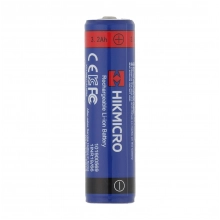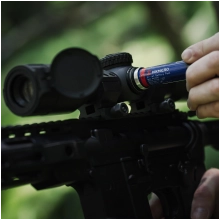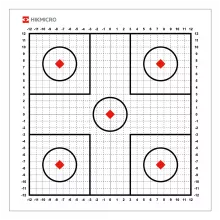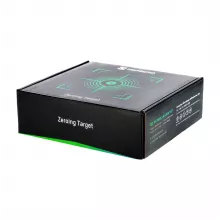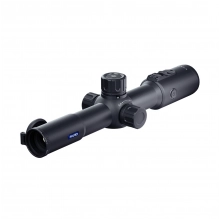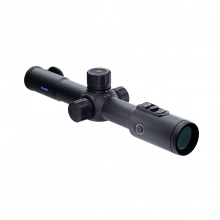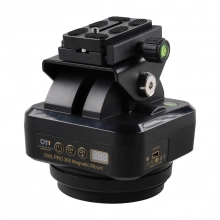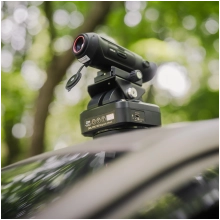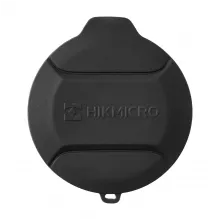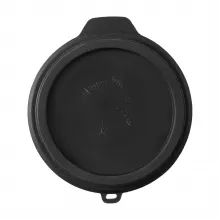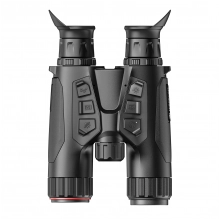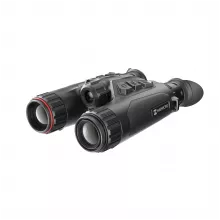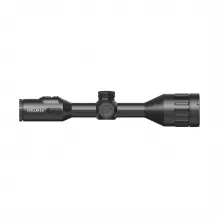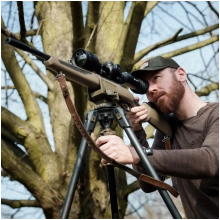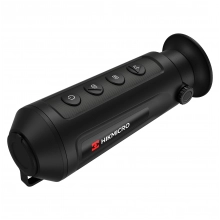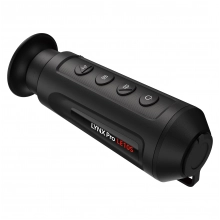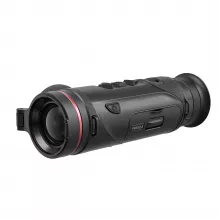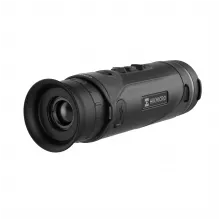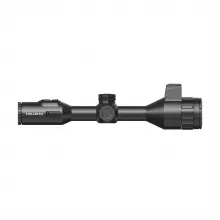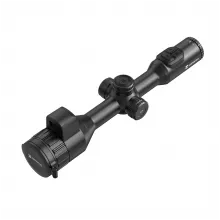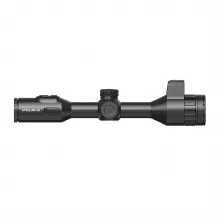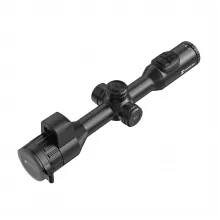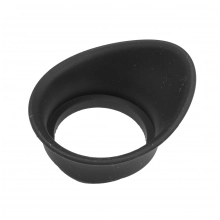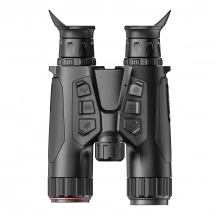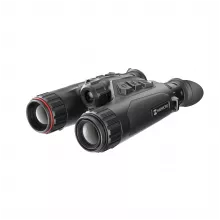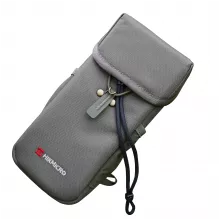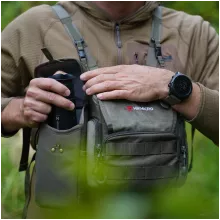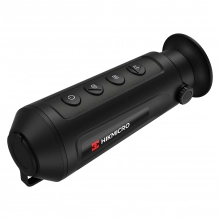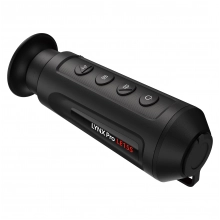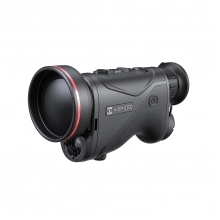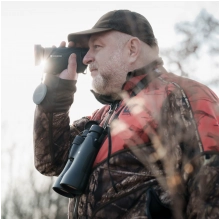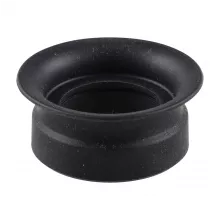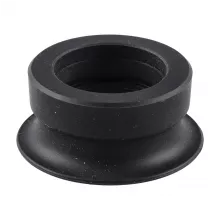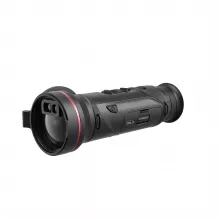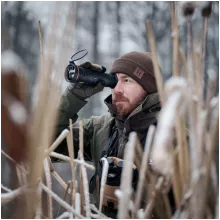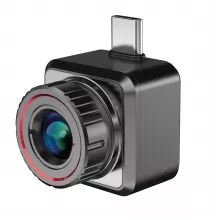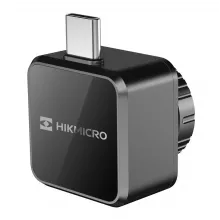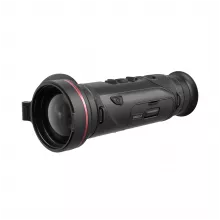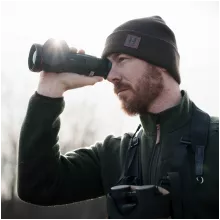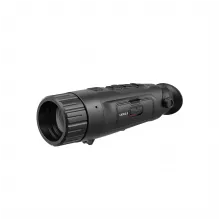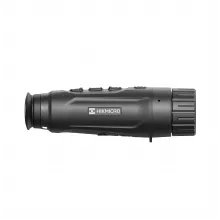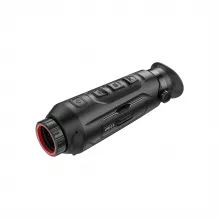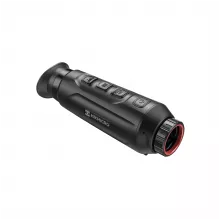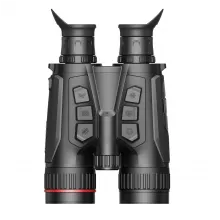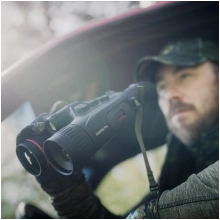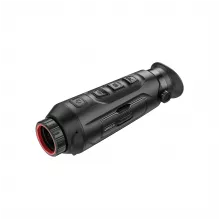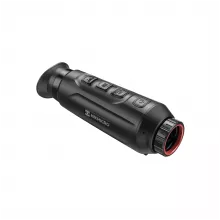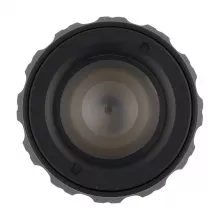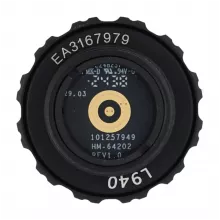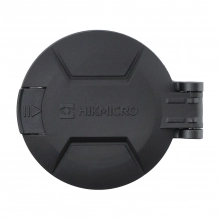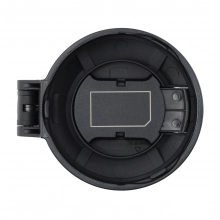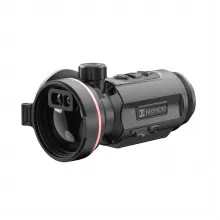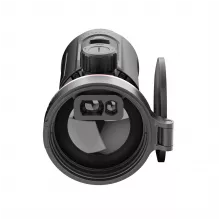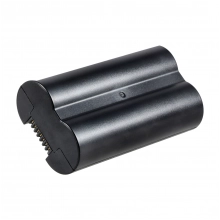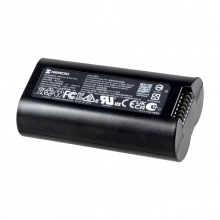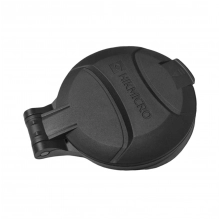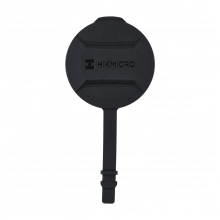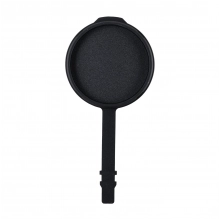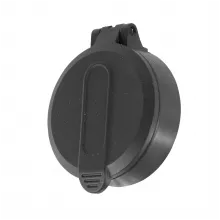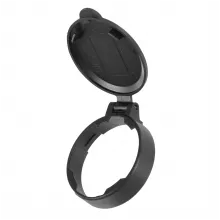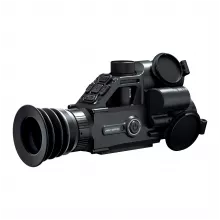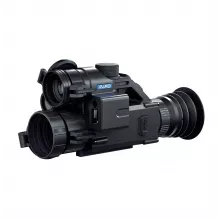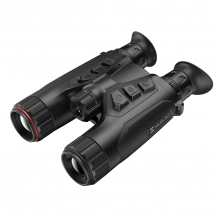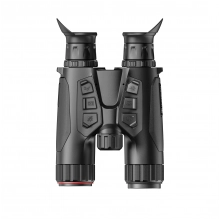Thermovision and accessories
Thermovision and accessories
2 699,00 zł
-16%
3 199,00 zł
24h shipping
1 249,00 zł
-26%
1 699,00 zł
24h shipping
5 199,00 zł
-17%
6 299,00 zł
24h shipping
4 599,00 zł
-15%
5 399,00 zł
24h shipping
4 199,00 zł
-11%
4 699,00 zł
24h shipping
Frequently Asked Questions
1. How does a thermal imager work and what is it used for in hunting?
Thermal imager works on the principle of detecting infrared radiation emitted by bodies that are warmer than the surroundings - so it can see a thermal image, regardless of lighting conditions. In hunting, it is primarily used to quickly locate game in difficult terrain or after dark, where traditional optics fail. The device allows noiseless observation from a distance, increasing the efficiency and safety of hunting. Good and proven manufacturers of thermal imaging are the Hikmicro brand and PARD.
2 What is the difference between thermal imaging and night vision?
Thermal imaging and night vision are two different technologies for observation in conditions of limited visibility, but their operation is based on different principles. Night vision allows you to see in the dark because it strongly amplifies the surrounding light, including the invisible one. ermovision detects heat emitted by objects and transforms it into a thermal image, which allows you to see even in total darkness and through fog or light obstacles. Good and proven manufacturers of thermal imaging are the Hikmicro brand and PARD. Recommended models would be Hikmicro Cheetah 940 nm, Hikmicro Lynx LE15S or PARD Ocelot 256 19mm.
3. What thermal imagers are most often chosen by hunters?
Hunters most often choose monocular thermal imagers or thermal imaging caps from well-known brands such as HIKMICRO, Pulsar or Pard, which combine high image quality with a compact design. These devices offer good sensor and screen resolution, long-distance detection (often above 1,000 meters), and additional features such as video recording, rangefinder or color palette modes. Thermal imagers from companies such as Pulsar, HIKMICRO or PARD are very popular due to their reliability and high image quality.
4. What to look for when buying a thermal imager?
When buying a thermal imager, pay attention to the resolution of the sensor and screen. Higher resolution means better image quality and visibility of details from further away. Also key are detection range and thermal sensitivity (NETD), which affect the device's effectiveness in difficult conditions such as fog or precipitation. Additional features, such as image recording, a built-in rangefinder, a Wi-Fi module and different color palettes, can significantly increase observation precision.
5. will a thermal imager work in a dense forest?
Yes, a thermal imager can work well in dense woods because it detects thermal radiation emitted by bodies, rather than relying on visible light like traditional optics. This makes it possible to identify game hidden behind bushes, in shadows or in conditions of limited visibility. It is worth remembering, however, that dense obstacles - such as thick branches or a wall of leaves - can partially limit the range and quality of detection, so a model with high thermal sensitivity (e.g. NETD ≤ 40 mK) will be particularly useful here.
